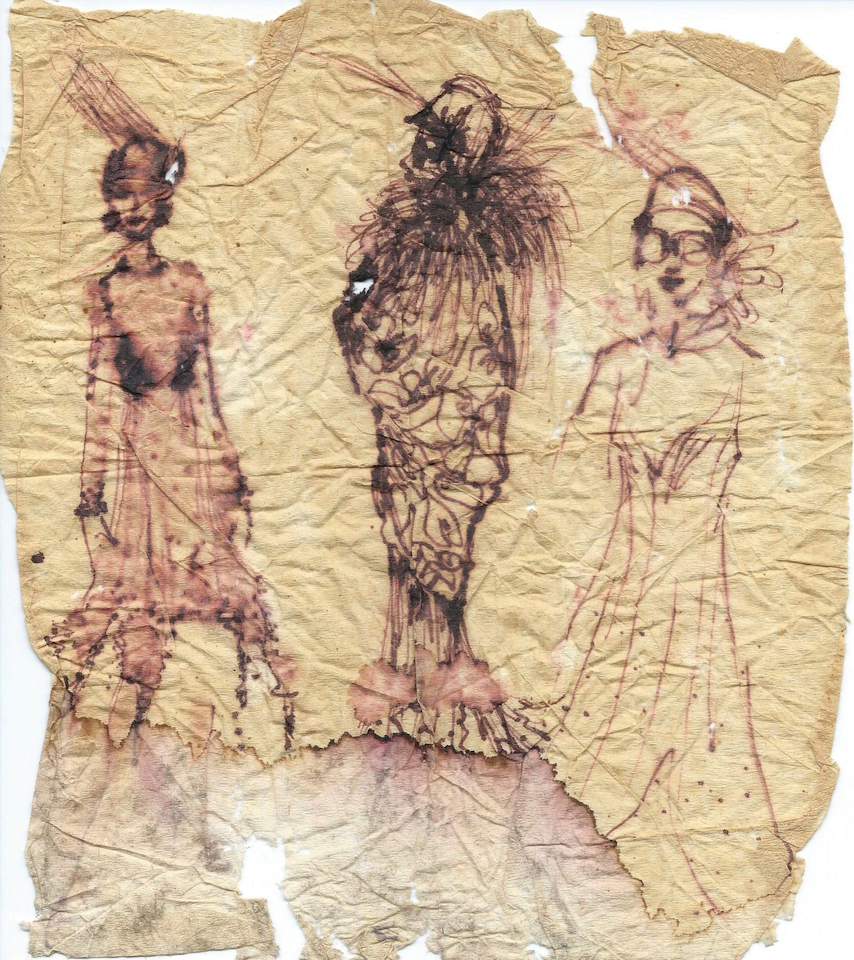
Leopold Allen (1945-1989) was an artist in his own right whose artistry was to “make up” dancers of the American Ballet Theatre to embody and project the roles they were performing. He was born Leopold Samuel Allen to Leopold and Louise Allen in New York City. Leopold’s father immigrated to the United States from the Caribbean island, Antigua. His mother, Louise, was born in North Carolina and was part of the great migration to the north that transpired over several decades in the early 1900s. Leopold’s father was a tailor and his mother was a seamstress.
Leopold was the fourth of five children and the only boy among them. During his early childhood years, perhaps as early as age 3 or 4, he exhibited an extraordinary talent for drawing, painting, and sketching. He appeared to be gifted vocally but his primary interest was to draw.
By the time he reached junior high school, he was already sketching and designing outfits for his four sisters – Joan, Glenda, Rose and Bertha. Coming from a home whose inhabitants knew their way around a sewing machine, Leopold took naturally to the world of fashion and wanted to become a fashion designer. To make that dream a reality, he attended New York’s High School of Fashion Industries.
Shortly after high school, Leopold found work doing hair and makeup for models, primarily to sell wigs. He worked for Diane Martin Wigs for several years before being noticed by the late Naomi Sims, the first Black “supermodel” to break the color barrier to grace the cover of a national magazine – Ladies’ Home Journal. Designing and reconfiguring wigs became his primary source of income for many years thereafter. He became known in the world of wigs and makeup, gaining a position first with New York Metropolitan Opera and subsequently with the American Ballet Theatre.
At ABT, Leopold designed and “made up” the dancers to portray the many roles they would have to assume. From the evil fairy, Carabosse to the luminous Princess, Sleeping Beauty, and hundreds of characters in between, Leopold designed and applied the makeup, wigs, and often the shoes and costumes of ABT’s principal, chorus, and minor dancers. In some respects, the success of each performance was as much dependent on the “atmospherics” of the dancers as on the dance and music themselves.
A reflection on Leopold’s personal impact on his family is shared in LA Progressive’s piece, The Love of a Gay Man.


